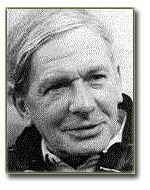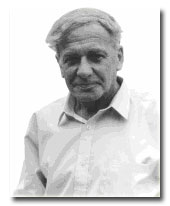|
 TRIZ
(a Russian acronym for the Theory of Inventive
Problem Solving) was originated by the Russian
scientist and engineer Genrich Altshuller.
In the early 50th, Altshuller started massive
studies of patent collections. His goal was
to find out if inventive solutions were the
result of chaotic and unorganized thinking
or there were certain regularities that governed
the process of creating new inventions. TRIZ
(a Russian acronym for the Theory of Inventive
Problem Solving) was originated by the Russian
scientist and engineer Genrich Altshuller.
In the early 50th, Altshuller started massive
studies of patent collections. His goal was
to find out if inventive solutions were the
result of chaotic and unorganized thinking
or there were certain regularities that governed
the process of creating new inventions.
After scanning
approximately 400.000 patent descriptions,
Altshuller found that only 2% of all patented
solutions were really new, which means that
they used some newly discovered physical phenomenon
– such as the first radio receiver or
photo camera. 98% of patented inventions used
some already known physical or technological
principle but were different in its implementation
(for instance, both a car and a conveyer may
use the air cushion). In addition, it appeared
that a great number of inventions complied
with a relatively small number of basic inventive
principles. Therefore, 98% of all new problems
can be solved by using previous experience
- if such experience is presented in a certain form, for instance
as principles or patterns. This discovery
had given impact on further studies which
let to discovery the basic principles of invention.
presented in a certain form, for instance
as principles or patterns. This discovery
had given impact on further studies which
let to discovery the basic principles of invention.
More than thirty
years of research resulted in revealing and
understanding of origins of an inventive process,
and formulation of general principles of inventive
problem solving. At the same time, first TRIZ
techniques were developed.
Later, many researchers and practitioners
worldwide united efforts and largely extended
Altshuller’s approach with new methods
and tools. Today, a number of companies and
universities worldwide are involved to enhancing
TRIZ techniques and putting them to the practical
use. |








